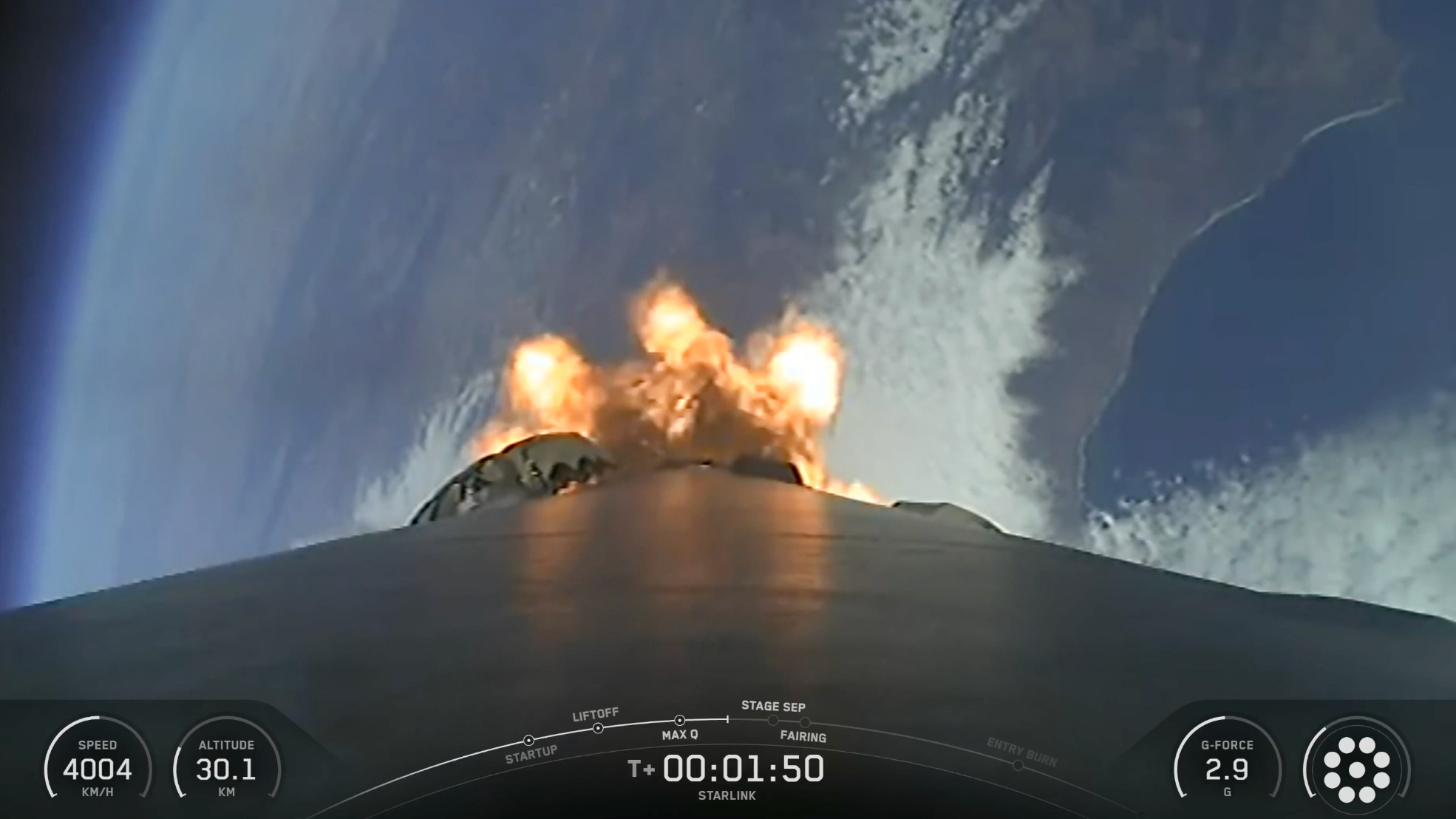NASA Experiment Hitches Ride on US Air Force's X-37B Space Plane

The United States Air Force's robotic X-37B space plane will carry a NASA experiment to orbit when it launches on its next mystery mission Wednesday (May 20).
The NASA payload, called the Materials Exposure and Technology Innovation in Space (METIS) investigation, aims to test how the space environment affects certain materials. The experiment is packed aboard the unmanned X-37B spacecraft, which is scheduled to blast off atop a United Launch Alliance Atlas V rocket on Wednesday at 10:45 a.m. EDT (1445 GMT) from Florida's Cape Canaveral Air Force Station.
"By exposing materials to space and returning the samples to Earth, we gain valuable data about how the materials hold up in the environment in which they will have to operate," said METIS principal investigator Miria Finckenor, a materials engineer at NASA's Marshall Space Flight Center. [See photos of the X-37B's fourth mission]
"Spacecraft designers can use this information to choose the best material for specific applications, such as thermal protection or antennas or any other space hardware," Finckenor added.
METIS will use some of the same materials as those placed on the International Space Station for the Materials on International Space Station Experiment (MISSE), which operated between 2001 and 2013 and flew more than 4,000 samples into space. Part of the goal is to look for more environmentally friendly materials that can be used in space, researchers said.
"When we flew newly developed static-dissipative coatings on MISSE-2, we did not know they would be used for both the Curiosity rover and the SpaceX Dragon," Finckenor said in the same statement. (MISSE included several sets of experiments, and MISSE-2 was the second one.) "Some program we don't know about now will be successful because engineers found the data they needed" on this experiment.
The reusable X-37B, which takes off vertically and lands horizontally on a runway, last landed in October 2014 after spending 674 days in orbit. It has flown three space missions so far, conducting activities that are mostly classified.
Breaking space news, the latest updates on rocket launches, skywatching events and more!
The Air Force owns two X-37B spacecraft, both of which were built by Boeing's Phantom Works division. The vehicles look like NASA's now-retired space shuttle orbiters, but are much smaller — just 29 feet long by 9.5 feet tall (8.8 by 2.9 meters), with a wingspan of 15 feet (4.6 m). In fact, two X-37Bs could fit inside the space shuttle's payload bay.
The X-37B mission launching Wednesday is called OTV-4 (short for Orbital Test Vehicle-4). Air Force officials have not said how long the mission will last.
Follow Elizabeth Howell @howellspace, or Space.com @Spacedotcom. We're also on Facebook and Google+. Original article on Space.com.
Join our Space Forums to keep talking space on the latest missions, night sky and more! And if you have a news tip, correction or comment, let us know at: community@space.com.

Elizabeth Howell (she/her), Ph.D., was a staff writer in the spaceflight channel between 2022 and 2024 specializing in Canadian space news. She was contributing writer for Space.com for 10 years from 2012 to 2024. Elizabeth's reporting includes multiple exclusives with the White House, leading world coverage about a lost-and-found space tomato on the International Space Station, witnessing five human spaceflight launches on two continents, flying parabolic, working inside a spacesuit, and participating in a simulated Mars mission. Her latest book, "Why Am I Taller?" (ECW Press, 2022) is co-written with astronaut Dave Williams.
